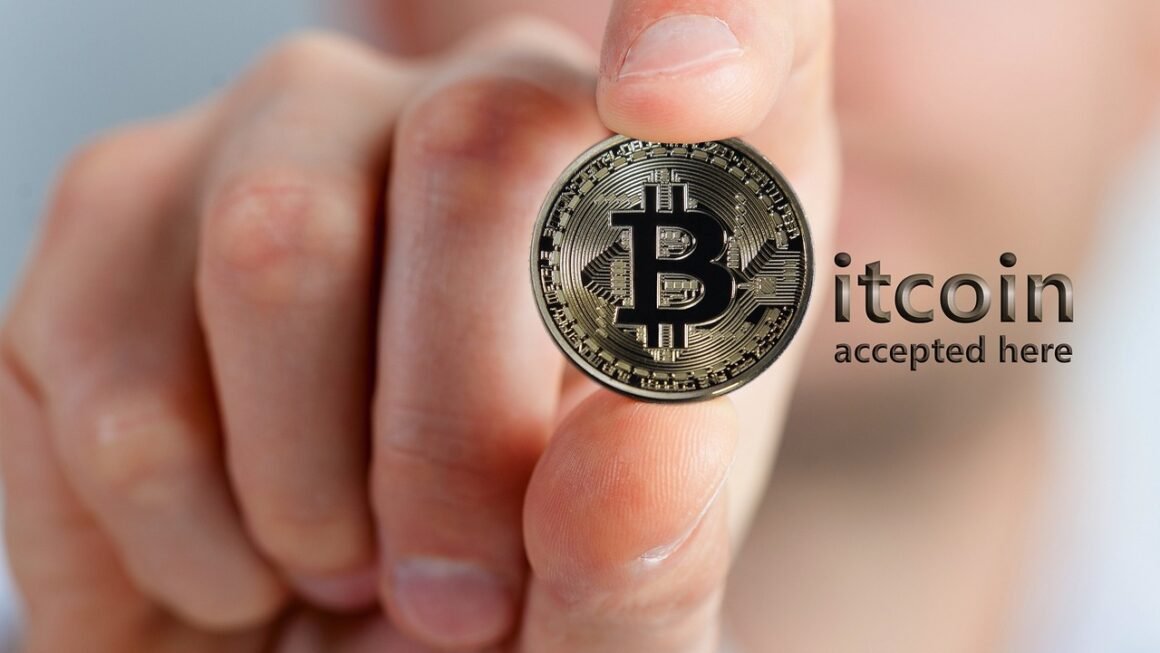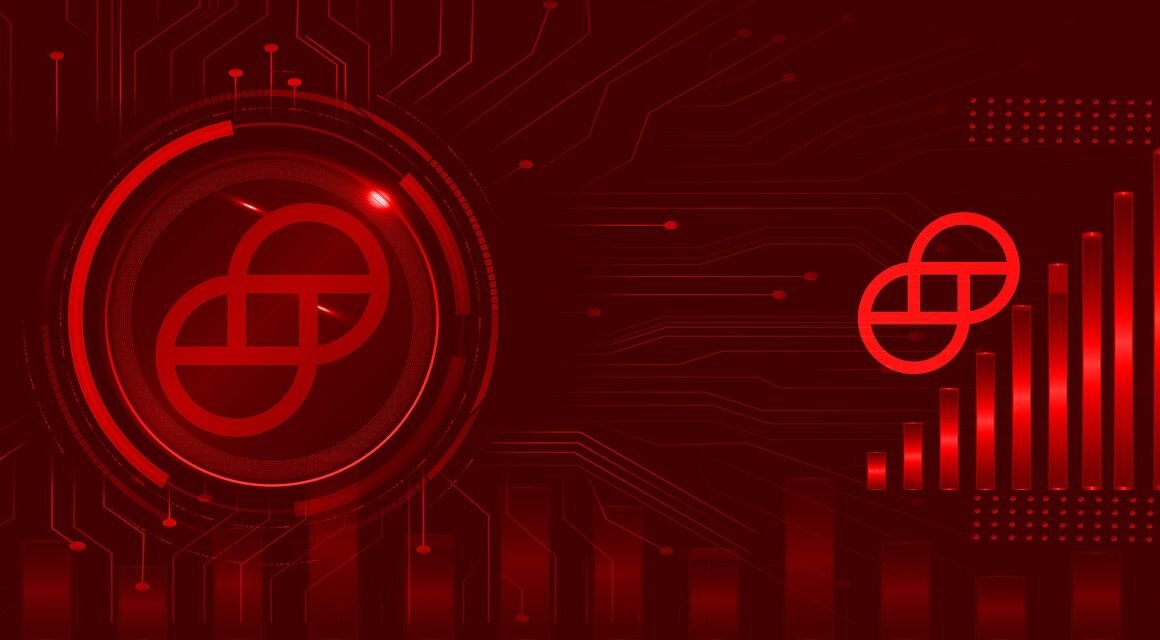Decentralized Finance (DeFi) is rapidly transforming the financial landscape, offering a compelling alternative to traditional centralized systems. By leveraging blockchain technology, DeFi aims to create a more open, transparent, and accessible financial system for everyone. But what exactly is DeFi, and how does it work? Let’s dive into the world of decentralized finance and explore its potential, challenges, and key applications.
What is DeFi?
The Core Concept
DeFi, short for Decentralized Finance, refers to financial applications built on blockchain networks, primarily Ethereum. These applications aim to replicate traditional financial services – like lending, borrowing, trading, and insurance – but in a decentralized and trustless manner. This means no intermediaries like banks or brokers are needed; smart contracts and code govern the transactions.
Key Characteristics of DeFi
- Decentralization: No single entity controls the system, making it resistant to censorship and single points of failure.
- Transparency: Transactions are recorded on a public blockchain, allowing anyone to verify them.
- Accessibility: DeFi protocols are generally permissionless, meaning anyone with an internet connection can participate.
- Composability: DeFi applications can interact with each other, creating innovative financial products and services.
- Trustless: Smart contracts automate the execution of agreements, eliminating the need for intermediaries and fostering trust.
How DeFi Differs from Traditional Finance
The key difference lies in the underlying infrastructure. Traditional finance relies on centralized institutions to manage and control financial activities. DeFi, on the other hand, uses distributed ledger technology (DLT) like blockchain to create a transparent and auditable record of all transactions, directly between participants, without reliance on a middleman. For example, if you want to take out a loan with a traditional bank, you’ll need to provide documentation, undergo credit checks, and likely wait days or weeks for approval. In DeFi, you can deposit collateral into a lending protocol like Aave or Compound and borrow funds almost instantly, assuming you meet the protocol’s requirements (typically over-collateralization).
Core Components of DeFi
Decentralized Exchanges (DEXs)
DEXs are platforms that allow users to trade cryptocurrencies directly with each other, without the need for a central intermediary. They typically use Automated Market Makers (AMMs) instead of traditional order books.
- Example: Uniswap and SushiSwap are popular DEXs on the Ethereum blockchain. Users provide liquidity to trading pools and earn fees in return.
- How it works: Instead of matching buy and sell orders like traditional exchanges, DEXs use algorithms to determine the price of assets based on the ratio of assets in a liquidity pool.
- Benefits: Increased privacy, lower fees (sometimes), and access to a wider range of tokens.
Lending and Borrowing Platforms
These platforms allow users to lend and borrow cryptocurrencies without intermediaries. Users earn interest on their deposited assets and can borrow funds by providing collateral.
- Example: Aave and Compound are leading lending and borrowing protocols.
- How it works: Users deposit their crypto assets into lending pools, and borrowers can take out loans by providing collateral (usually more than the loan amount, a concept called over-collateralization). The interest rates are algorithmically adjusted based on supply and demand.
- Benefits: Earn interest on your crypto holdings, access leverage for trading or investment.
Stablecoins
Stablecoins are cryptocurrencies designed to maintain a stable value, typically pegged to a fiat currency like the US dollar. They are crucial for facilitating transactions and providing stability within the DeFi ecosystem.
- Example: USDT (Tether), USDC (USD Coin), and DAI are popular stablecoins.
- How it works: Stablecoins use various mechanisms to maintain their peg, including fiat collateralization (USDT, USDC), crypto collateralization (DAI), and algorithmic mechanisms.
- Benefits: Provide a stable store of value, facilitate fast and low-cost transactions, and serve as a bridge between traditional finance and the crypto world.
Yield Farming and Liquidity Mining
These are strategies for earning rewards by providing liquidity to DeFi protocols. Users deposit their crypto assets into liquidity pools and receive tokens representing their share of the pool, which can then be staked or used to earn additional rewards.
- Example: Providing liquidity to a Uniswap pool and receiving UNI tokens as a reward. Staking these UNI tokens to earn even more rewards.
- How it works: DeFi protocols incentivize users to provide liquidity by offering rewards in the form of governance tokens or a share of the trading fees.
- Benefits: High potential returns, increased participation in DeFi protocols.
Benefits of Using DeFi
Increased Financial Inclusion
DeFi can provide access to financial services for individuals who are unbanked or underbanked, particularly in developing countries. With just an internet connection and a smartphone, anyone can participate in DeFi protocols.
- Example: Someone in a developing country can access lending and borrowing services through a DeFi platform, even without a bank account or credit history.
Enhanced Transparency
All transactions are recorded on a public blockchain, making them transparent and auditable. This reduces the risk of fraud and corruption.
- Example: Anyone can verify the total amount of assets locked in a DeFi protocol, ensuring transparency and accountability.
Greater Efficiency
DeFi can automate financial processes and eliminate intermediaries, leading to faster and cheaper transactions.
- Example: Sending crypto across borders can be done in minutes with DeFi, compared to days with traditional banking systems.
Control Over Your Assets
DeFi gives users full control over their assets, without the need to trust a central authority.
- Example: Users can store their crypto in their own wallets and interact directly with DeFi protocols, without relying on a third-party custodian.
Risks and Challenges of DeFi
Smart Contract Risks
Smart contracts are code, and like any code, they can have bugs or vulnerabilities that can be exploited by hackers.
- Example: The DAO hack in 2016, where hackers exploited a vulnerability in the DAO’s smart contract and stole millions of dollars.
- Mitigation: Rigorous auditing of smart contracts by reputable security firms is crucial.
Volatility
The value of cryptocurrencies can be highly volatile, which can impact the value of collateral and the profitability of DeFi strategies.
- Example: A sudden drop in the price of ETH could trigger liquidations for borrowers who have used ETH as collateral on a lending platform.
- Mitigation: Understanding risk management principles and diversifying your portfolio.
Regulatory Uncertainty
The regulatory landscape for DeFi is still evolving, and there is a risk that governments could introduce regulations that stifle innovation or restrict access to DeFi protocols.
- Example: The SEC has already taken action against some DeFi projects, citing securities laws violations.
- Mitigation: Staying informed about regulatory developments and participating in industry advocacy efforts.
Scalability
Many DeFi protocols are built on Ethereum, which can suffer from scalability issues, resulting in high transaction fees and slow transaction times.
- Example: During periods of high network congestion, transaction fees on Ethereum can become prohibitively expensive.
- Mitigation: Layer-2 scaling solutions like Optimism and Arbitrum are being developed to address this issue.
Conclusion
DeFi has the potential to revolutionize the financial industry, but it also presents significant risks and challenges. By understanding the core concepts, benefits, and drawbacks of DeFi, you can make informed decisions about whether or not to participate in this rapidly evolving ecosystem. While not without its hurdles, DeFi represents a powerful shift towards a more accessible, transparent, and equitable financial future. Keep learning, stay informed, and proceed with caution as you navigate this exciting new world.



